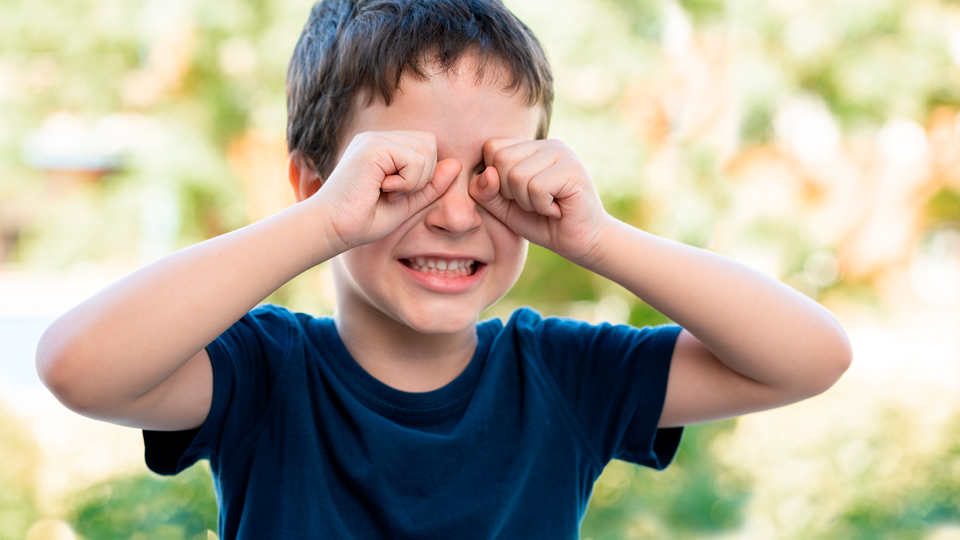Key aspects of visual development in childhood
13/11/2025

30/09/2024
Conjunctivitis is an inflammation of the conjunctiva, the transparent membrane that covers the white part of the eye and the inside of the eyelids. It is a very common condition in children and can be caused by various factors, such as viral, bacterial, allergic, or irritant infections.
When a child is suspected of having conjunctivitis, it is important to act appropriately to relieve symptoms, prevent the spread of infection, and ensure a quick recovery. The first step is to identify the symptoms: in infectious conjunctivitis, you may notice redness, tearing, yellow or green discharge (eye crusts), a gritty sensation, or eyelid swelling. If the child also has a fever, sore throat, or general discomfort, it could be a sign of viral conjunctivitis. In allergic conjunctivitis, the main symptom is itching and redness, but there may also be white-yellow discharge and eyelid swelling. In any case, you should consult a specialist to confirm the diagnosis.
Once conjunctivitis is confirmed, it's important to follow the appropriate treatment to relieve symptoms and restore good eye health. One of the most important aspects is maintaining good hygiene. Washing hands before and after touching the child’s eyes, frequently washing the child's hands, or preventing them from touching their eyes are essential actions. Disposable towels or tissues can be used to clean discharge, and they should be washed or discarded immediately after use. In addition to hygiene, specific treatment (antibiotics, anti-inflammatories, or antihistamines depending on the type of conjunctivitis) should be administered.
Dr. Anna Monés, Ophthalmologist at Barraquer Ophthalmology Centre